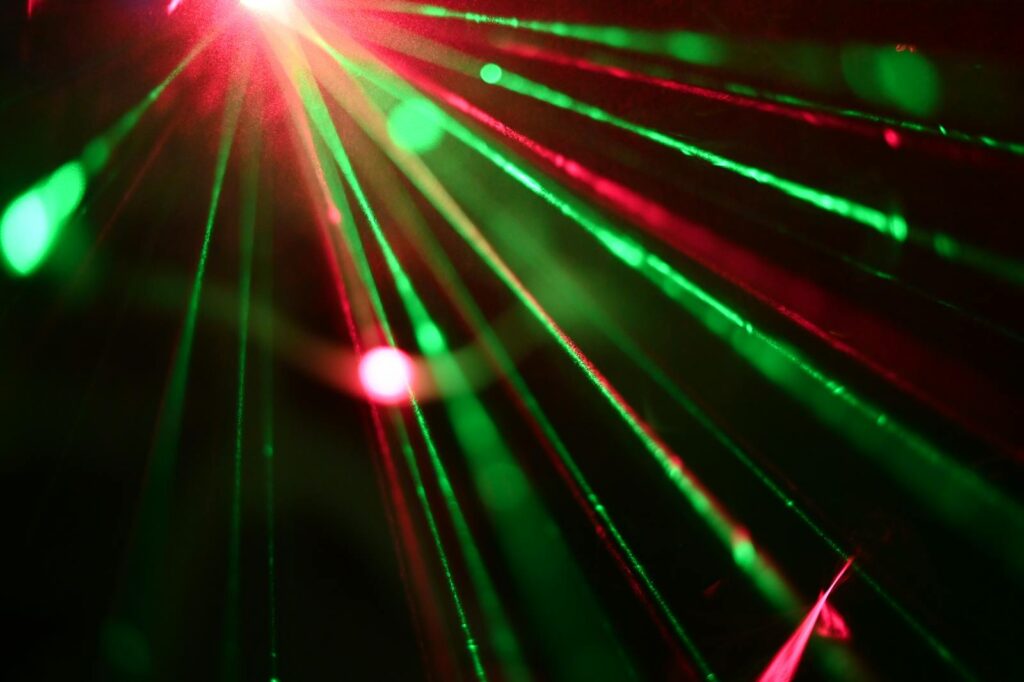At Google’s Quantum AI Lab, a unique fusion of art and science is taking place. Forest Stearns, an artist in residence, and Erik Lucero, the engineer behind Google’s first quantum AI computer, have embarked on a mission to transform the lab into a hub of creative expression. This initiative was covered by Mike Cerre for PBS NewsHour’s arts and culture series, CANVAS earlier this month.
“We have created a space where there is no edge between the hardware, the art, the architecture, the scientist and nature itself through the windows,” said Stearns, a statement that encapsulates the seamless integration of various elements in the lab, reflecting a holistic approach to innovation.
Lucero, meanwhile, expressed his admiration for the interplay of science and art.
“I think a lot of the work that I have done throughout my career has been to try to capture what I think are beautiful things that we make in electrical engineering and in physics,” he said, his perspective demonstrating a profound appreciation for the aesthetic aspects of scientific efforts.

The collaboration began when Lucero invited Stearns to join the lab after being impressed by his Draweverywhere work, which had been imprinted on satellites in space.
“Having figured out how to make the largest art exhibit in space, put the light bulb of let’s put art on technological things to amplify humanity,” Stearns remarked.
At the core of this artistic venture is the concept that art can enhance and inspire technological development. The lab features sculptures, 3-D installations, and even the quantum computers themselves wrapped in art. Stearns humorously observed that “the quantum computer to me looked like a beer keg.”
Park ranger and Navajo artist Ravis Henry contributed to the project, bringing a unique perspective with his metal craftsmanship. His work, encapsulating local materials and traditional techniques, finds a new context in the scientific setting of the lab. Lucero himself contributed to the artistic environment by painting a mural, merging his roles as a scientist and an artist.
Technician Jacob Aguilar noted the positive impact of this colourful environment on the lab’s atmosphere.
“Everything with vibrant colour in here really just helps, I think, express our creative side in here,” he said, while his colleague William Giang echoed this sentiment, expressing a desire to have a piece of the lab’s art in his own home.
Lucero also highlighted the human aspect behind these technological advancements.
“It’s important to note that there are real humans working on these projects, and we care deeply about the places that we live, where we have come from, and the planet that we live on,” he said and reflects a deep connection between the creators, their work and their environment.
The initiative at Google’s Quantum AI Lab is a testament to the power of combining art and science. It not only fosters a creative and inspiring workspace but also serves as a reminder of the human spirit driving technological innovation. This unique blend of art and technology at Google’s lab underscores the endless possibilities when different fields come together to push the boundaries of what’s possible.
Featured image: PBS NewsHour
If you found this article to be informative, you can explore more current quantum news here, exclusives, interviews, and podcasts.

















